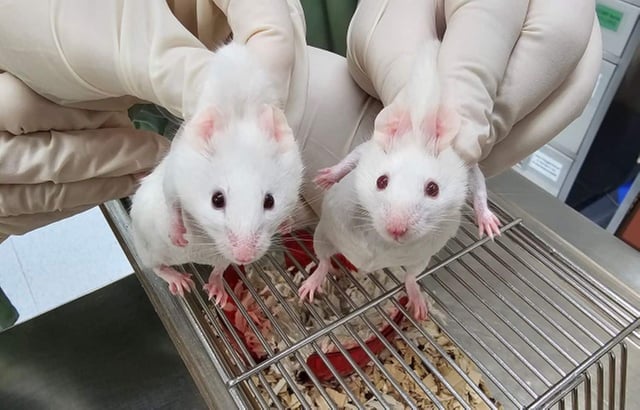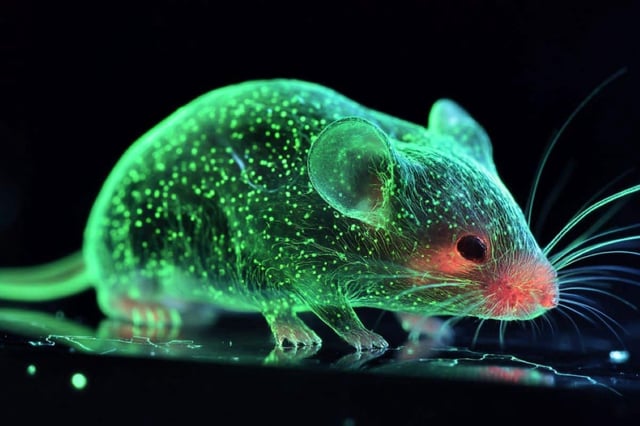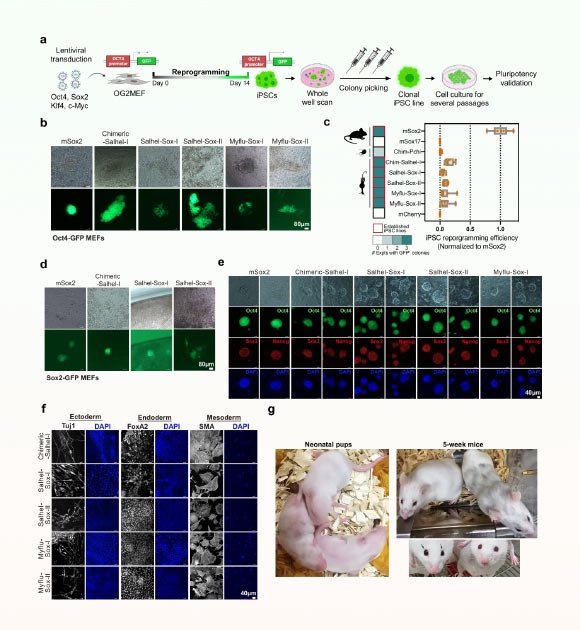Overview
- The study challenges the belief that pluripotency genes evolved exclusively in animals, showing they existed in unicellular ancestors.
- Choanoflagellates, the closest living relatives of animals, possess Sox and POU genes, which were used to induce pluripotency in mouse cells.
- Reprogrammed stem cells were integrated into a developing mouse embryo, resulting in a chimeric mouse with traits from both the donor and lab-induced cells.
- These findings suggest that key genes for stem cell formation predate multicellular organisms, offering a new perspective on the evolution of complex life.
- The research has potential implications for regenerative medicine, potentially enhancing stem cell therapies and reprogramming techniques.


